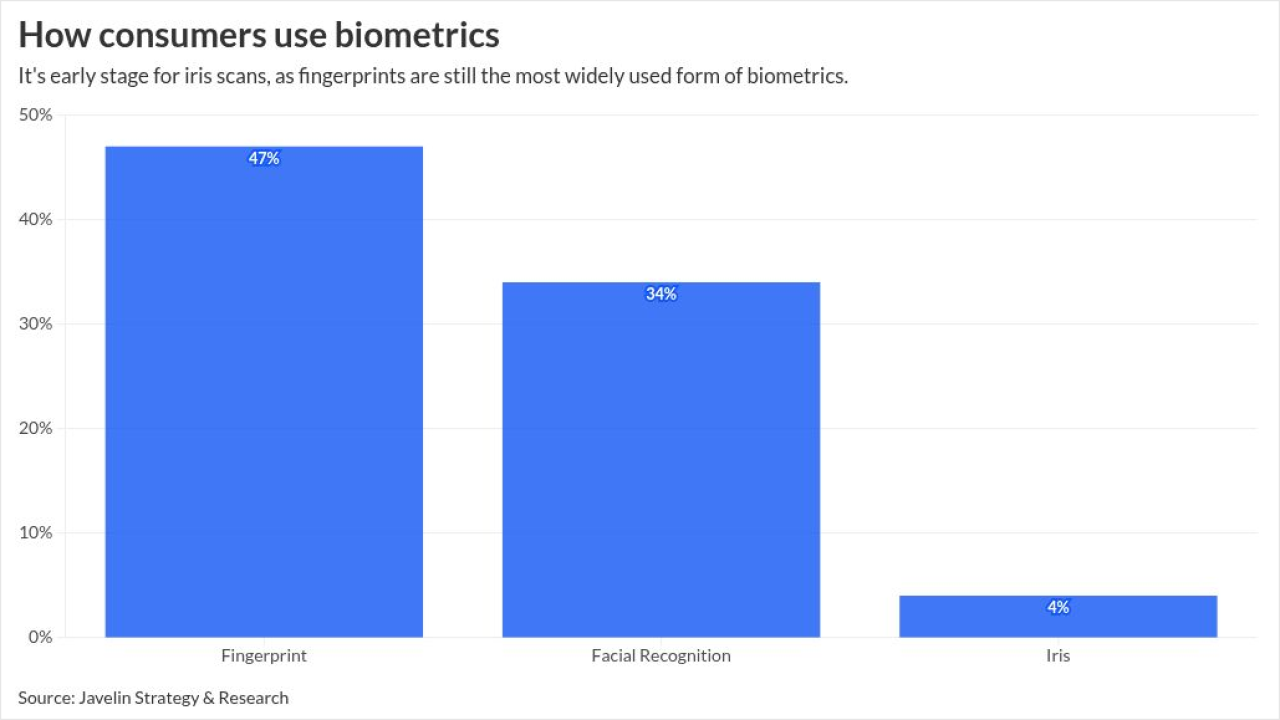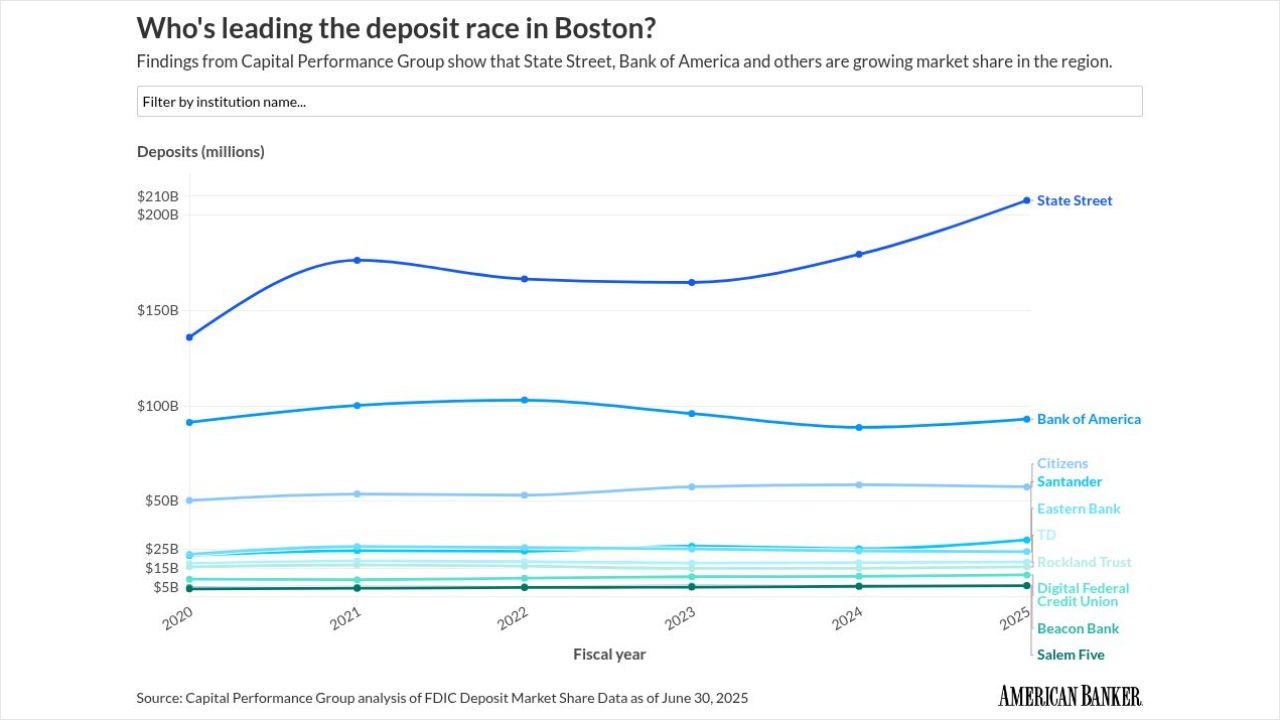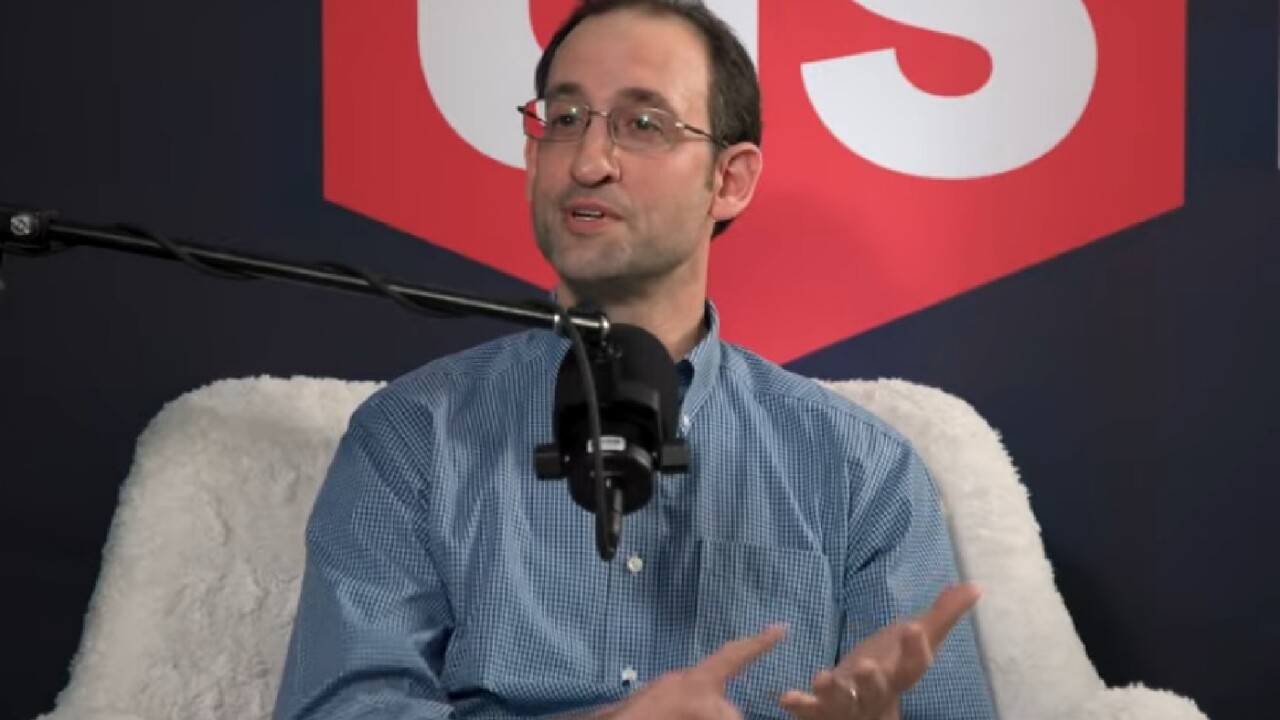Some of the most important work in payments happens before the transaction, when retailers have to make sure their devices can handle the new technologies and card types that are about to get thrust upon them.
"You want to be able to see what a PIN contactless debit transaction looks like, for example, so the retailer and the cashiers aren't seeing it for the first time when they're actually taking payments," said Itai Sela, president of B2 Payments USA, a division of the Toronto-based B2 payments.
B2 Payments is like a flight simulator for the point of sale, offering EMV test card sets, EMV test tools, chip integration tools, a payment transaction engine, and testing platforms for Visa payWave and other formats. There are also education tools on EMV deployment.

This kind of testing is not new—companies have done pre-testing and training of new payment types for years. What's new this time is what's expected to be fast update of contactless debit cards and EMV debit cards in the next year as more retailers turn to contactless payments while tackling the challenges of EMV debit. E2 has built what it calls the UL USA EMV Debit Test Card set, which is designed to test and demonstrate point of sale devices can properly handle these cards on their payment infrastructure.
The question of how complicated it is to implement new versions or capabilities into EMV depends on a number of different variables like the type of transaction, the platform being used and the underlying technology for the transaction, said Thad Peterson, a senior analyst at Aite Group.
"A lot of things can go wrong and stop an EMV transaction; every step must be perfectly executed so extensive testing is essential to a usable solution," Peterson said. "U.S. debit is particularly complex, given the need to enable least-cost routing, so a set of test cards that can address the contingencies of U.S. debit EMV could be very useful."
EMV debit and contactless cards are already in the market, but Sela said many merchants and other entities that accept payments on a broad scale are or will be executing large migrations to EMV debit and contactless cards.
"There are thousands of merchants that have already bought a solution that has gone through a certification process, but before they deploy this solution they want to see how a contactless or PIN transaction work," Sela said. "What will the consumer see? How many prompts will there be to answer? How many screens are we showing customers? And how will that impact the transaction experience?"
The UL USA EMV Debit Test Card is actually 16 cards, including contactless and contact cards, and multiple application identifier cards—including 2, 3 and 4 application identifier code debit cards. The set tests scenarios such as multiple funding sources, Visa, Mastercard, Discover, DNA and Interac debit cards. The tests also include documents that explain how EMV debit processing works in the U.S, with different U.S. debit use cases that must be identified and supported when implementing EMV debit.
B2 view its clients as acquirers, issuers and merchants. The EMV migration in the U.S. is well underway, though there are
There are still challenges for stemming merchants from the delays in debit EMV that started during the battles over common
A further complication comes with the maturation of contactless payments, both for dual interface cards and mobile contactless payments as more merchants adopt third-party mobile wallets such as Apple Pay. The move by transit systems such as the
"What we're going to see next year are a lot of issuers that were contact-only going to dual interface cards," Sela said. "Particularly in the case of the transit networks, they will need cards because they can't mandate a phone for payments."





